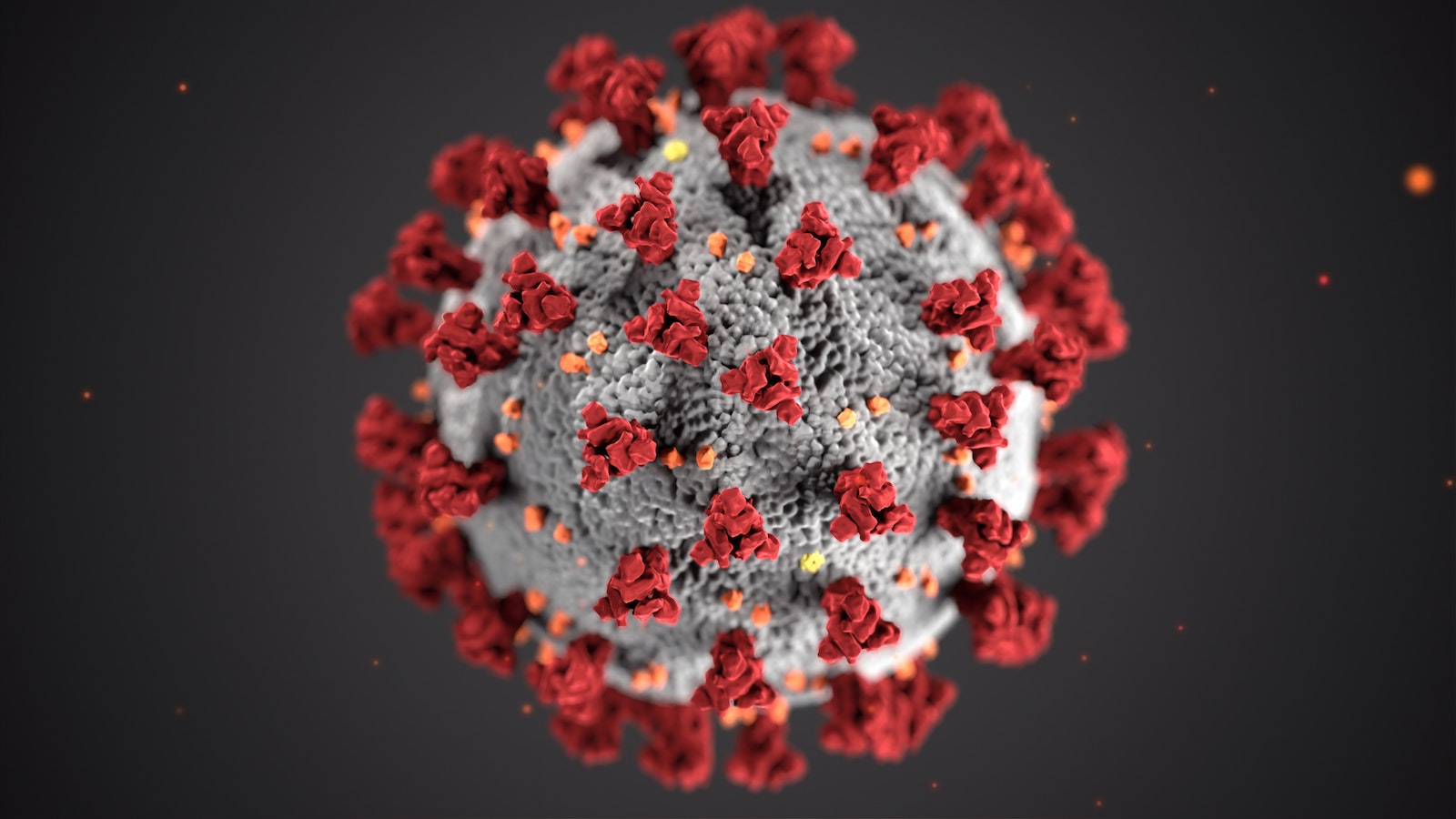Killing COVID with Ozone
 Coronavirus is continuing to lead news headlines today, and we are learning more every day about how deadly the virus can be.
Coronavirus is continuing to lead news headlines today, and we are learning more every day about how deadly the virus can be.
With new strains emerging and a slower than expected rollout of a vaccine, there is continued uncertainty about how close we are to controlling COVID-19. We have all been working on developing habits, new methods of disinfection, and ways to keep our surrounding surfaces free of the virus. In most cases, this involves hand-wiping multiple areas with alcohol, bleach, or some other chemical disinfectant. But harsh chemicals aren’t the only disinfectant option. Ozone has a 99% effectiveness rate when killing pathogens and viruses like the flu, SARS, and the coronavirus.
What is the coronavirus?
According to the World Health Organization, coronaviruses are a large family of viruses that cause illnesses ranging from the common cold to more severe diseases such as Middle East Respiratory Syndrome (MERS-CoV) and Severe Acute Respiratory Syndrome (SARS-CoV). This strain of coronavirus, COVID-19, is closely related to the SARS virus (COV-2), but prior to late 2019 had not been identified in humans. The onset, severity, and the ongoing health effects of the illness vary widely in those who are infected.
As of now, researchers know that the new coronavirus is spread through droplets released into the air when an infected person talks, coughs, or sneezes. The droplets generally do not travel more than a few feet, and they fall to the ground (or onto surfaces) in a few seconds — this is why physical distancing and surface disinfection is effective in preventing the spread.
How does ozone kill a virus?
Typically, viruses are small, independent particles, built of crystals and macromolecules that multiply only within the host cell. The new coronavirus is considered an “enveloped virus.” Enveloped viruses are usually more sensitive to physicochemical challenges. Ozone destroys viruses by diffusing through the protein coat into the nucleic acid core, resulting in damage of the viral RNA. At higher concentrations, ozone destroys the exterior protein shell by oxidation.
Does ozone kill COVID-19?
 While primary spread of COVID-19 is through the air, research has shown that the virus can live on many smooth surfaces, like doorknobs or tables, for several days. According to the Cleveland Clinic, the virus can live on glass for up to 5 days, wood up to 4 days, and plastic and stainless steel for up to 3 days. Disinfection of these surfaces is an important step to controlling spread.
While primary spread of COVID-19 is through the air, research has shown that the virus can live on many smooth surfaces, like doorknobs or tables, for several days. According to the Cleveland Clinic, the virus can live on glass for up to 5 days, wood up to 4 days, and plastic and stainless steel for up to 3 days. Disinfection of these surfaces is an important step to controlling spread.
When disinfecting both large and small areas, ozone gas has been proven to kill the novel coronavirus as effectively as many chemicals. Currently, there are several scientific studies that prove ozone gas can destroy the SARS coronavirus. A research team1 from Nara Medical University was the first in the world to confirm that ozone gas exposure was effective against inactivating the new coronavirus. The study was completed on SARS-CoV-2 which is the virus that causes COVID-19.
The procedure and content of the experiment took place as follows:
- Cultivate a new cell line of coronavirus
- Place a stainless-steel plate in an ozone-proof hermetic box installed in a safety cabinet
- Apply the new coronavirus to be tested
- Use an ozonator (medical device certified by PMDA: ozone generator) installed in the ozone-proof hermetic box. The ozone concentration in the ozone-proof hermetic box is controlled and maintained from 1.0 to 6.0 ppm. The amount of ozone exposure is set by the CT Value. (The CT 330 value is used, which is a verification test value for the certification of medical devices by the PMDA of the Ministry of Health, Labor and Wellness).
- After exposure, inoculate the cells with the virus
- Determine if the virus has infected the cells and calculate the amount of virus.
In laymen’s terms, they grew coronavirus cells to use for the experiment. Then, they placed a piece of stainless steel in an “ozone-proof,” airtight box and applied the virus to the stainless-steel piece. This was all inside of a safety cabinet for an additional level of protection. An ozone machine was used to raise ozone levels inside of the box from 1.0 to 6.0 parts per million (ppm). After exposure, they applied the coronavirus to live cells and measured how many were infected.
Results from the study concluded that,
- With a CT value of 330 (a 55-minute exposure to an ozone concentration of 6 ppm), a kill of 3-log to 4-log was achieved on the virus.
- At a CT value of 60 (a 60 minute of exposure to an ozone concentration of 1 ppm), a kill of 1-log to 2-log was achieved on the virus.
The findings from this study confirm that a high concentration of ozone at 55 minutes is capable of a 4-log (99.99%) kill on the SARS-CoV-2 virus. This type of treatment, with highly concentrated ozone for a longer period of time, is called shock treatment.
What ozone generators can I use to eliminate the Coronavirus?
Choosing the correct ozone generator is determined by the size of the space to be disinfected. The Ozone Solutions DR Series offers multiple sizing options for disinfection utilizing ozone gas. The DR-5 is ideal for rooms under 600 sq ft, and our DR-10 is successful up to 1200 sq ft. Ozone will penetrate floors and cracks, disinfecting as it moves through the space. Another option is our HVAC series. These machines are installed into your existing ducts and can help keep the entire house sanitized!
For safety reasons, no people, pets, or plants should be left in the room during the disinfection cycle. These machines can generate 1 – 5 ppm within 2 – 4 hours.
Supporting Data & Articles:
- According to the Cleveland Clinic, the virus can live on glass for up to 5 days, wood up to 4 days, and plastic and stainless steel for up to 3 days. Disinfection of these surfaces is an important step to controlling spread.
- Use an ozonator (medical device certified by PMDA: ozone generator) installed in the ozone-proof hermetic box. The ozone concentration in the ozone-proof hermetic box is controlled and maintained from 1.0 to 6.0 ppm. The amount of ozone exposure is set by the CT Value.
- The findings from this study confirm that a high concentration of ozone at 55 minutes is capable of a 4-log (99.99%) kill on the SARS-CoV-2 virus. This type of treatment, with highly concentrated ozone for a longer period of time, is called shock treatment.
- The original article on the Nara Medical University study can be found here.
- The team that made this discovery: Nara Medical University (Professor Toshikazu Yano, Director of Infectious Diseases, Takashi Kasahara, Director of Infectious Diseases) and MBT Consortium (members of the Subcommittee on Infectious Diseases: Quorl Holdings Co., Ltd., Sanyu Shoji Co., Ltd., Tamuratec Co., Ltd., Marusan Pharmaceutical Biotech Co., Ltd.)

